Mr. Mikhail, 52 years old, Russian nationality, came to Vietnam for work and suffered from Wellens syndrome, risk of developing acute myocardial infarction causing sudden death.
Wellens syndrome causes acute myocardial infarction and sudden death.
Mr. Mikhail has a history of hypertension, dyslipidemia for many years, and grade 3 obesity (BMI = 38.5). Since April 2024, he has occasionally experienced transient chest pain, so he went to a Russian hospital for a screening. The doctor found no abnormalities and no cardiovascular disease.
 |
| Photo caption |
In June 2024, Mr. Mikhail boarded a plane to Vietnam and felt pain in his left chest spreading behind his sternum, lasting 2-3 minutes. Convinced that it was not due to heart disease, he thought it was because he was too stressed at work and did not pay attention.
Two days later, the chest pain reappeared, more severe, lasting 20-30 minutes/attack, making it impossible for Mr. Mikhail to go down the hotel stairs. After one night, the condition became more serious, he clutched his chest and collapsed on the table. He was taken to the emergency room.
MSc. Dr. Vo Anh Minh, Head of the Coronary Intervention Unit, Vascular Intervention Center, Tam Anh Hospital, Ho Chi Minh City, said that based on clinical symptoms and electrocardiogram results, Mr. Mikhail was diagnosed with Wellens syndrome. This is a pre-myocardial infarction condition that occurs when the anterior interventricular artery is severely blocked.
Dr. Minh emphasized that detecting Wellens syndrome on an electrocardiogram is very important because up to 75% of patients with this syndrome will progress to acute myocardial infarction within a week, unless they receive emergency cardiovascular intervention.
Mr. Mikhail was ordered to have a coronary angiogram. However, because he had undergone a thorough health screening in Russia and no pathology was found, he thought he had intercostal pain, nerve pain, or muscle pain similar to cramps, and did not believe he had coronary artery disease.
The doctor had to patiently explain the condition to convince him to have a coronary angiogram, which showed that the anterior interventricular artery was 95% narrowed. The team quickly placed a 4.0 mm stent in the narrowed artery, restoring blood flow and preventing an acute myocardial infarction.
MSc. Dr. Tran Trung Kien, Center for Vascular Intervention, Center for Cardiovascular Information, Wellens syndrome is considered a pre-myocardial infarction stage due to severe stenosis of the anterior interventricular artery. This artery supplies blood to the anterior wall of the heart including the left ventricle and the interventricular septum.
If left untreated, left ventricular occlusion will cause severe left ventricular dysfunction, and the patient is at high risk of congestive heart failure leading to death.
The causes of Wellens syndrome are similar to those of coronary artery disease, including coronary atherosclerosis and coronary artery spasm.
To reduce the risk of disease, each person needs to control risk factors by not smoking, avoiding stress, limiting bad fat intake, reducing salt/sugar in the diet, and increasing physical activity. People with underlying diseases such as high blood pressure, dyslipidemia, and diabetes should have regular health check-ups to detect abnormalities early.
Saving a girl in a coma, multiple organ failure due to synthetic drug poisoning
Doctors at the 19-8 Hospital of the Ministry of Public Security have just saved the life of a 26-year-old girl (Hanoi) who was poisoned by synthetic drugs and suffered complications such as coma, convulsions, and multiple organ failure.
Female patient NTH (26 years old, Hanoi) was taken to Hospital 19-8 in a state of severe synthetic drug poisoning.
According to the patient's family, at around 8pm on June 29, the girl went out with friends and consumed a candy of unknown ingredients. After 1 hour, she felt tired, thirsty, had shaking limbs, was dizzy, and had lightheadedness. At 9:30pm, the girl fell into a state of drowsiness, convulsions, and was taken to Hong Ngoc Hospital for emergency treatment. There, the patient was intubated, given an oxygen bag, intravenous fluids, and transferred to Hospital 19-8.
According to doctors at the Department of Intensive Care and Anti-Poisoning - Hospital 19-8, the patient was admitted to the hospital in a deep coma, with a high fever of 41-42oC, convulsions, rapid pulse, low blood pressure, low oxygen, and anuria.
The patient quickly fell into shock, multiple organ failure requiring maintenance of 3 high-dose vasopressors, lung damage with acute respiratory failure (ARDS) that was poorly responsive to mechanical ventilation, and uncontrollable seizures despite multiple medications.
The patient's test results were positive for Metamphetamine and MDMA and he was diagnosed with synthetic drug poisoning with complications of coma, convulsions, and multiple organ failure.
The patient fell into critical condition with liver enzymes increased 20 times, severe metabolic acidosis, total lung damage, cerebral edema...
The patient was immediately activated with special resuscitation and anti-poisoning procedures, had his stomach washed, was given mechanical ventilation, and had emergency blood filtration. Dr. Bui Nam Phong, Head of the Department of Treatment and Anti-Poisoning, said: We are ready with the ECMO unit and hypothermia in case the treatment measures do not respond.
Because the patient was in a deep coma, had cerebral edema, convulsions, multiple organ failure: rhabdomyolysis, progressive acute respiratory failure (ARDS), myocardial damage, anuric acute renal failure, acute liver failure, severe coagulation disorders, and was life-threatening, it was necessary to apply active resuscitation measures along with modern advanced resuscitation techniques such as ARDS mechanical ventilation, blood filtration, plasma exchange, bronchoscopy, detoxification treatment, cardiac support, vasopressors... even ECMO, then the patient could hope to escape the danger.
After 72 hours of continuous blood filtration, the patient was out of shock, but still had severe pneumonia and progressive acute liver failure, and severe blood clotting disorders. "We decided to do everything we could to resuscitate the patient because he was too young," said Dr. Phong.
The patient continued to receive neuroresuscitation, high volume plasma exchange combined with continuous blood filtration.
After 5 days of intensive resuscitation and anti-poisoning treatment, the patient's endotracheal tube was removed and he was placed on non-invasive ventilation. The patient gradually regained consciousness, and his damaged organs gradually recovered and stabilized. Although he still had muscle weakness and fatigue, he escaped the clutches of death.
Currently, the patient is fully conscious, breathing oxygen on his own, eating, communicating, and his organ functions are recovering and gradually returning to normal. It is expected that the patient will be discharged in the next few days.
According to the recommendation of Dr. Chu Duc Thanh, Department of Intensive Care - Anti-Poison, Hospital 19-8, currently, poisoning by stimulants and synthetic drugs is very complicated, not like the usual developments, because there is a possibility that in candy and ecstasy pills there are many new precursors with dangerous effects, or many other impurities...
In addition, the consequences of synthetic drug poisoning can cause organ failure, 8-10% of cases leave behind mental and behavioral disorders, and if severe, can cause death.
Therefore, young people should stay away from social evils and avoid being enticed into using popular stimulants such as laughing gas, marijuana, weed, crystal meth, ecstasy, other synthetic drugs... to protect their health and lives.
Source: https://baodautu.vn/tin-moi-y-te-ngay-67-hoi-chung-wellens-gay-nhoi-mau-co-tim-cap-d219399.html




![[Photo] Looking back at the impressive moments of the Vietnamese rescue team in Myanmar](https://vstatic.vietnam.vn/vietnam/resource/IMAGE/2025/4/11/5623ca902a934e19b604c718265249d0)
![[Photo] "Beauties" participate in the parade rehearsal at Bien Hoa airport](https://vstatic.vietnam.vn/vietnam/resource/IMAGE/2025/4/11/155502af3384431e918de0e2e585d13a)






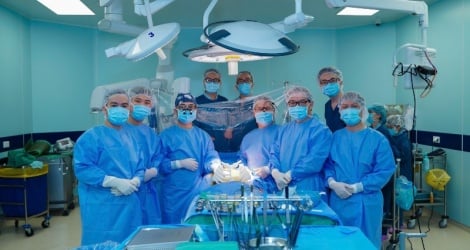
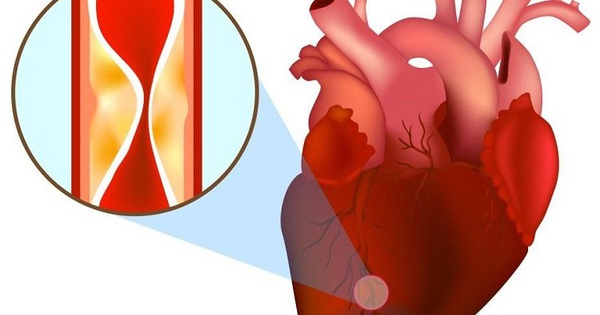
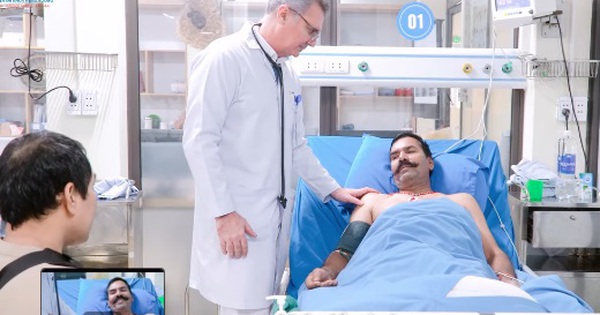
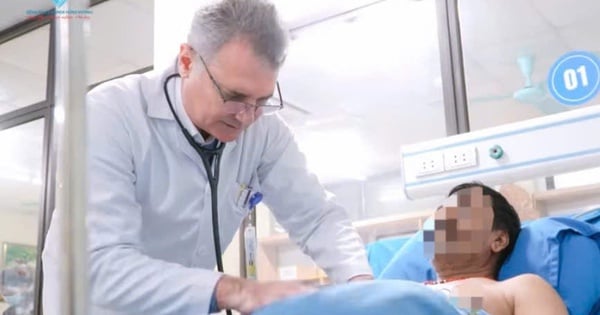



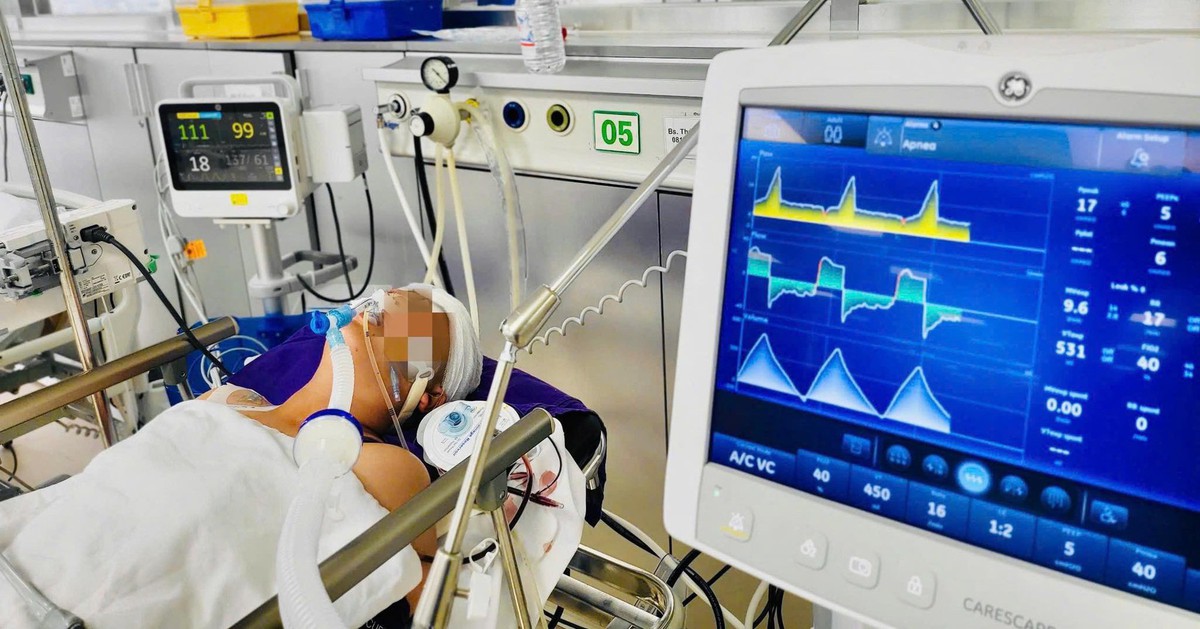
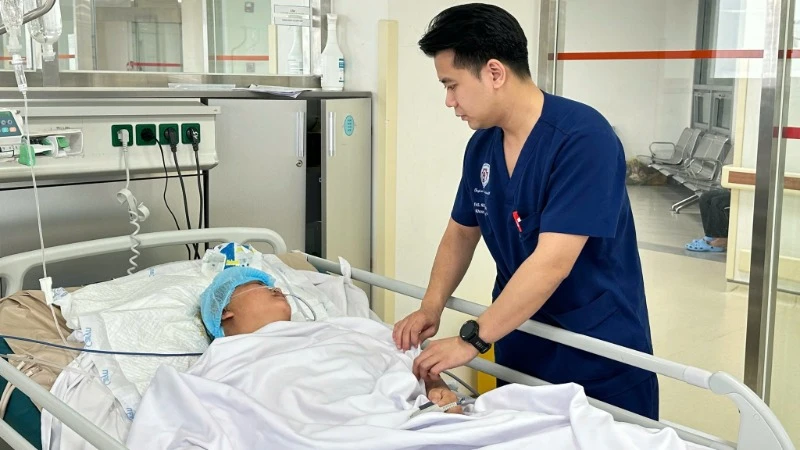









![[Photo] Summary of parade practice in preparation for the April 30th celebration](https://vstatic.vietnam.vn/vietnam/resource/IMAGE/2025/4/11/78cfee0f2cc045b387ff1a4362b5950f)
















































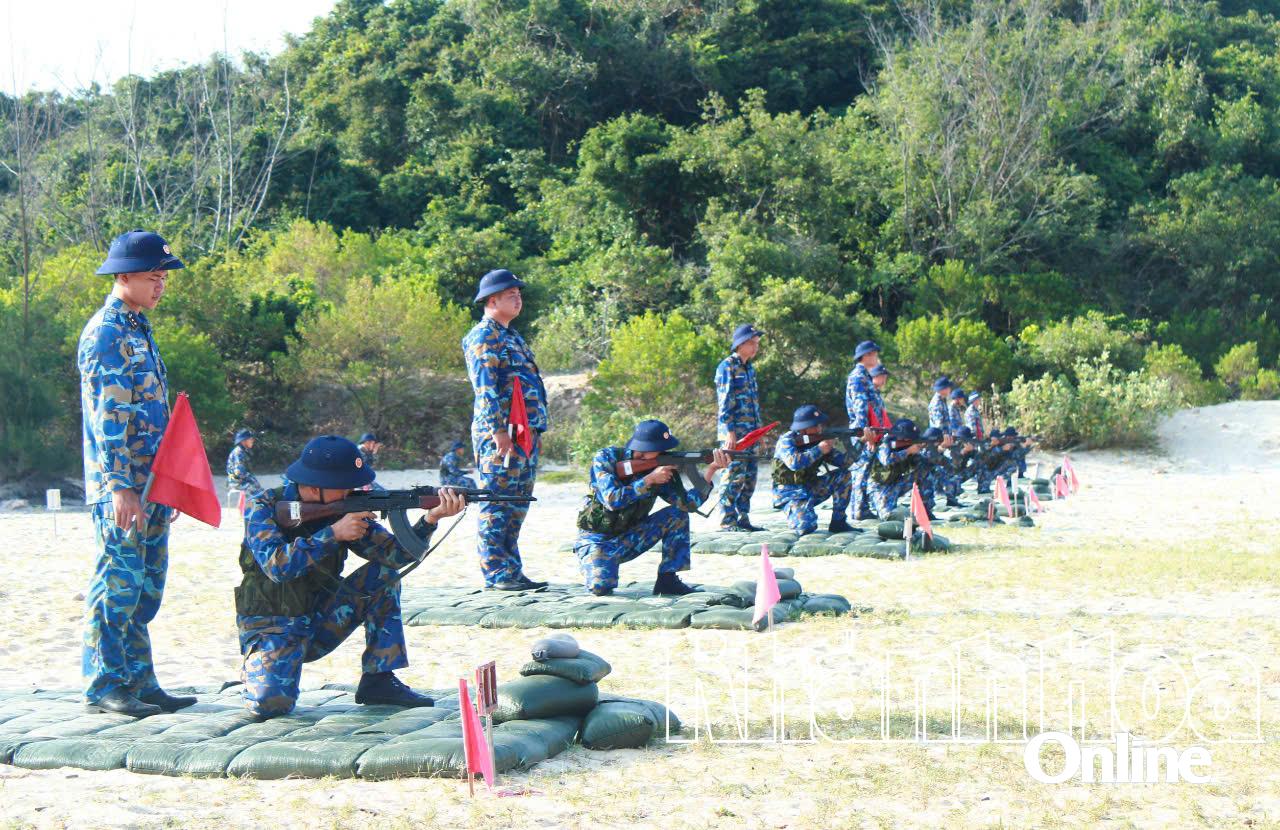














Comment (0)